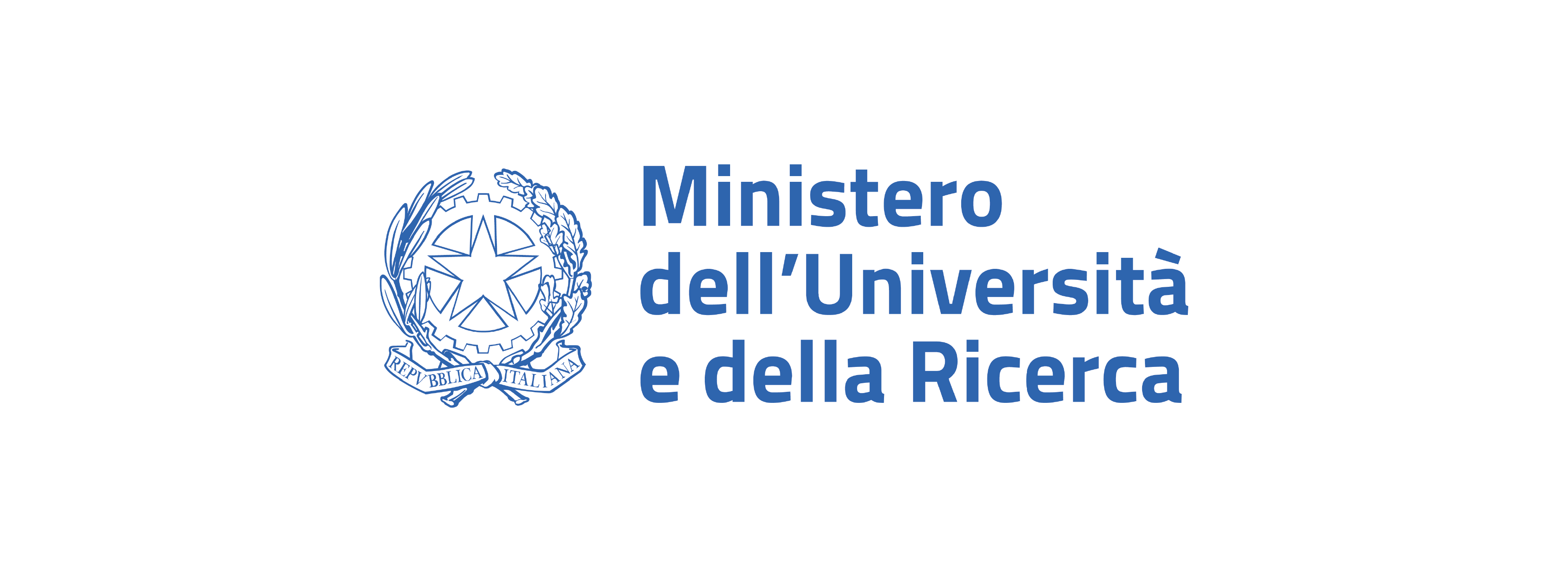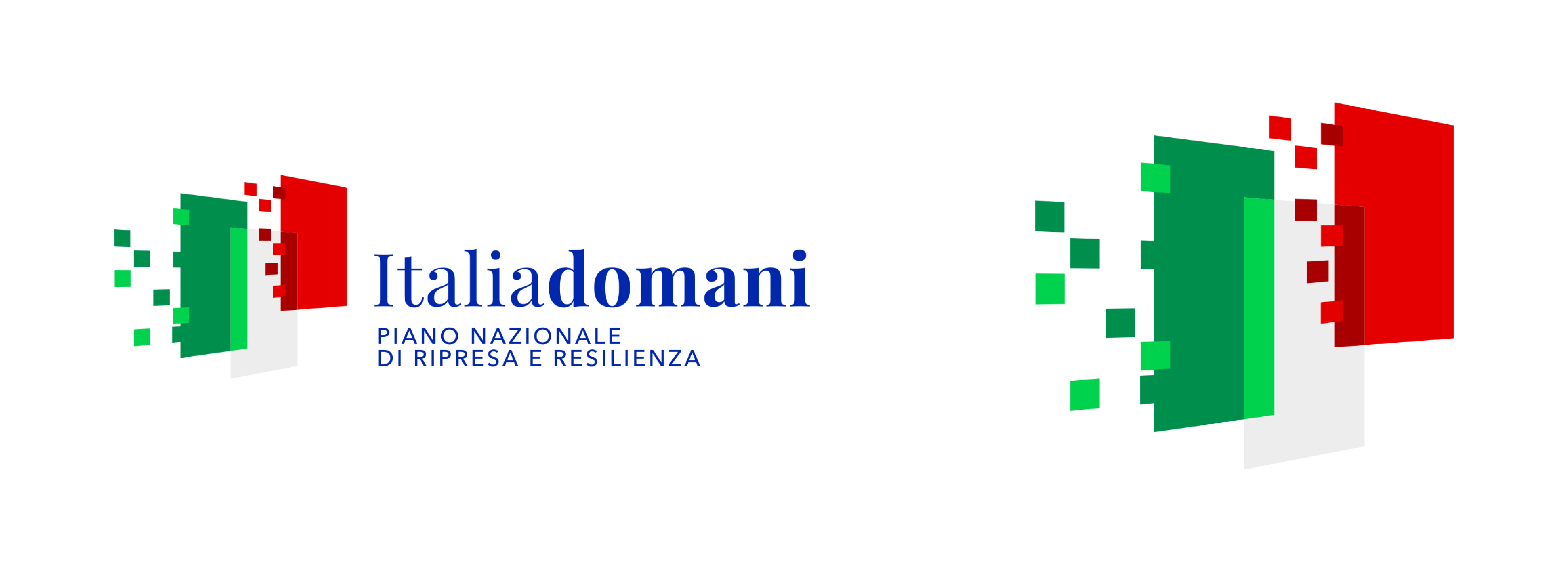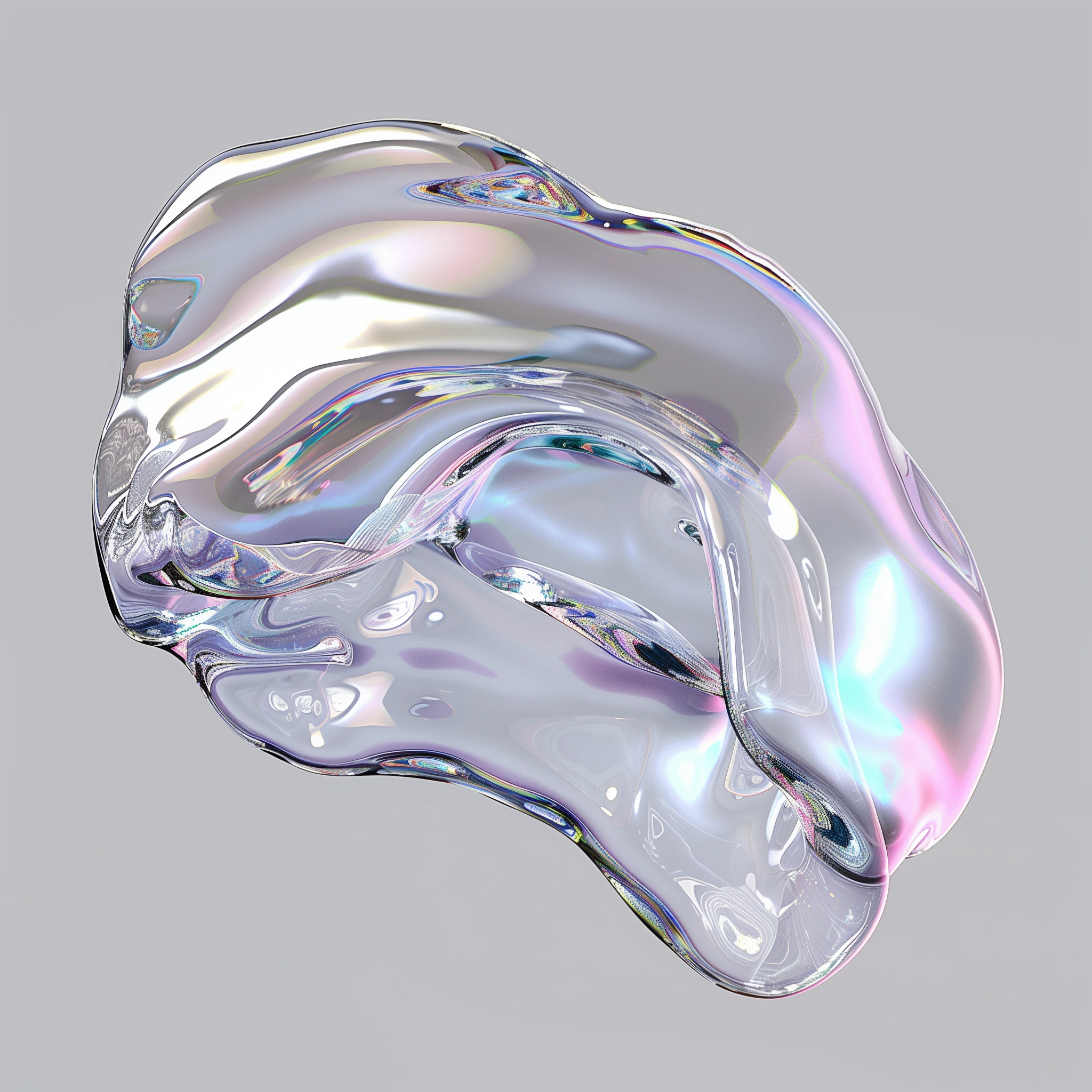Trillium Pumps Italy S.p.A, a company specialized in the production of centrifugal pumps, is facing growing complexity in the design phase of increasingly customized high-performance machines. The current approach, based on CFD simulations, involves high computational costs, long processing times, and a significant energy impact, slowing down time-to-market and limiting the exploration of optimal design configurations. Under the scientific supervision of Professor Andrea Manzoni (Politecnico di Milano), the project explores the use of Physics-Informed Machine Learning (PIML) and Reduced Order Modeling (ROM) techniques to develop an efficient computational procedure for solving fluid dynamics problems, with the goal of assessing their feasibility in real industrial contexts such as the advanced design of centrifugal pumps.
AS-IS process analysis and literature review
The initial phase focuses on analyzing the design and numerical simulation process of centrifugal pumps, identifying key geometric and fluid-dynamic parameters as well as performance indicators to define a representative case study. At the same time, a review of state-of-the-art PIML techniques for turbulent fluid dynamics is conducted to highlight the most promising approaches for developing surrogate models.
Surrogate model design and setup
This phase involves building a training dataset through a targeted campaign of numerical simulations. Dimensionality reduction techniques, such as Proper Orthogonal Decomposition (POD) and nonlinear methods based on convolutional autoencoders, are evaluated to obtain a reduced representation of field variables in terms of a few latent features. Finally, a surrogate model based on Neural Networks (NN) is designed to learn the relationship between physical parameters and latent variables, also accounting for the possible temporal dependence of the phenomenon.
Software development and prototype implementation
The third phase involves the implementation of the prototype, its training, and performance evaluation. The surrogate model is trained on the previously constructed dataset and validated on new scenarios, in order to predict field variables and compute fluid-dynamic performance indices.
The project, currently ongoing, has led to the development of a POD-NN surrogate model capable of efficiently and accurately reconstructing physical fields and derived performance indicators. Preliminary results show a significant reduction in computational cost compared to traditional CFD approaches, enabling faster and more scalable use in pump design workflows. The outcomes achieved so far lay the foundation for further research in PIML and the development of advanced ROM models, with the potential to provide Trillium with an effective tool to reduce development time and costs while consolidating a tangible competitive advantage.

Project Manager | Senior AI Research Engineer
AIRIC
Tommaso
Bianchi

AI Research Scientist
AIRIC
Agnese
Dall'Olio

AI Research Scientist
AIRIC
Alfredo
Del Priore

Scientific Machine Learning
Matematica
Andrea
Manzoni

R&D & Product Engineering Manager
Trillium Pumps Italy S.p.A
Massimiliano
Borghetti

Fluid Dynamic Manager
Trillium Pumps Italy S.p.A
Luigi
Defranco

New Product Initiatives Manager
Trillium Pumps Italy S.p.A
Mattia
Biolo






